Frequently Asked Questions About The Museum of Geometric and MADI Art
While the MADI movement has a strong following internationally, at the museum we frequently get asked about MADI art. Here are some quick facts to start your journey to becoming a MADI patron and connoisseur. We hope you come to love this joyful exploration of color and form as we do.
WHAT IS
MADI ART?
An international art movement focusing on geometric shapes that spill out of the traditional frame, and articulated and mobile structures, MADI artists refuse to make the object representative. Instead, the focus is on the object and the colors themselves. The movement dates to the mid-1940s in Buenos Aires where artist Carmelo Arden Quin articulated the ideas that became the basis of the MADI Movement.
MADI art, as well as contemporary geometric art, have some of their roots in the art of Malevich and other Russian revolutionary artists of 1917. These artists eschewed figurative art. The art passed through Europeans such as Mondrian to Torres-Garcia, who brought this art back to his native Uruguay where it met that country’s native Carmelo Arden Quin and others.
Some people say MADI means Materialismo Dialettico, but most say it stands for Movement Abstraction Dimension Invention.
Today there are MADI artists in many countries including France, Italy, Hungary, Uruguay, Spain, Japan, Brazil and Venezuela.
WHAT IS
THE MUSEUM OF GEOMETRIC AND MADI ART?
Located in Dallas, the Museum of Geometric and MADI Art (the MADI) is the only museum dedicated to MADI art and the primary point of focus for the MADI movement in the United States.
Art collectors Bill and Dorothy Masterson began collecting MADI art in the 1980’s and housed much of their art on the first floor of the Kilgore Law Center at 3109 Carlisle in Uptown. Many MADI artists began donating their art, and exhibits were planned to display MADI Art. With previews in 2002, the grand opening was in February 2003 for the MADI Museum. It featured much art by MADI’s founder, Carmelo Arden Quin. Later that year, “Nine Venezuelan Modern Masters” included Carlos Cruz-Diez and Jesús Rafael Soto, as well as many members of the MADI movement.
From that opening year, MADI showed art by artists who created geometric art but were not part of the MADI movement. In 2007, the name was officially changed to the Museum of Geometric and MADI Art.
WHAT IS IN
THE FUTURE FOR THE MUSEUM?
The MADI is actively seeking a new location to accommodate better both the collection, as well as the patrons, and both have been growing rapidly. Also, the MADI is hosting many more educational, as well as social events. A larger, more capable facility is required to meet these needs, grow the museum and continue to support this cultural asset.
MADI is a great artistic adventure, and perhaps, the only existing movement which can justify half a century of existance. MADI is more than an avant-garde movement; it has an underlying wave with several and differing offspring. It is the slow-paced growth of a tectonic plate in the history of art. Indeed, since art and environment are perveived as the fusion of two cultural phenomena, the progression and expression of both of these blend in everyday life.
From ” MADI: Concept Overview”, Paris, 2004
ROGER NEYRAT | Artist
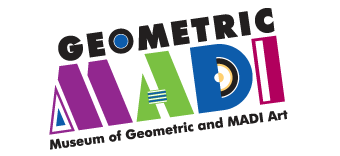
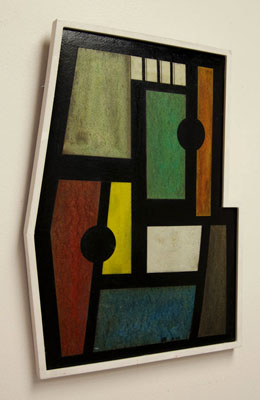
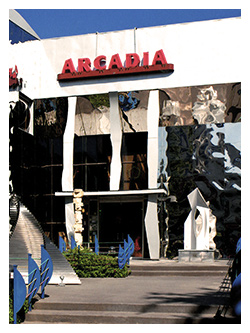
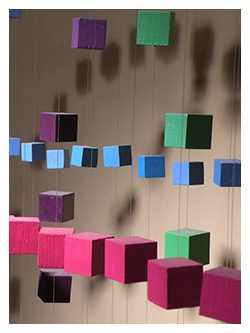
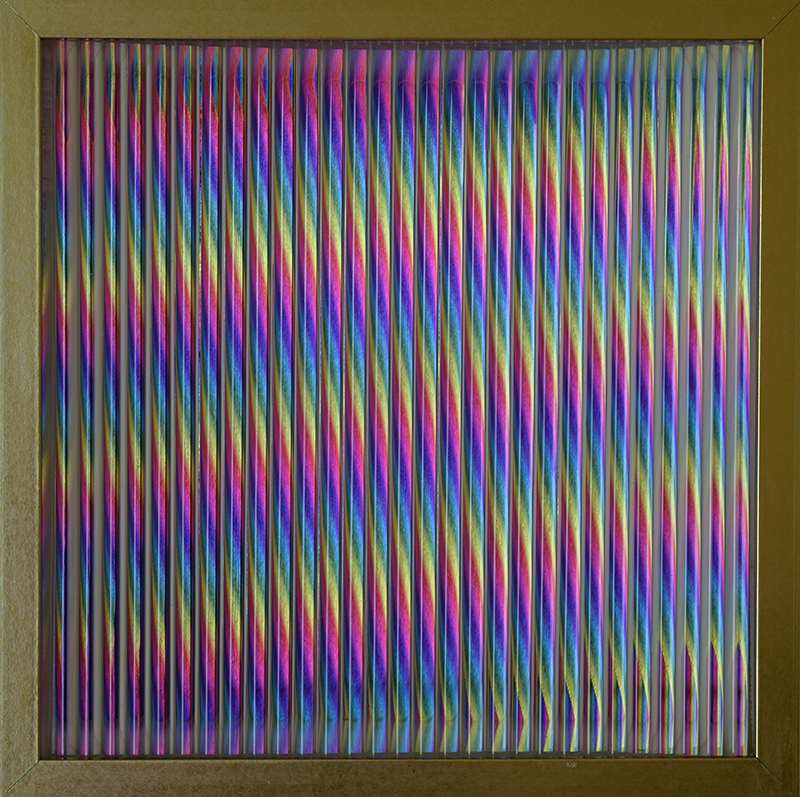


Leave a Reply
Want to join the discussion?Feel free to contribute!